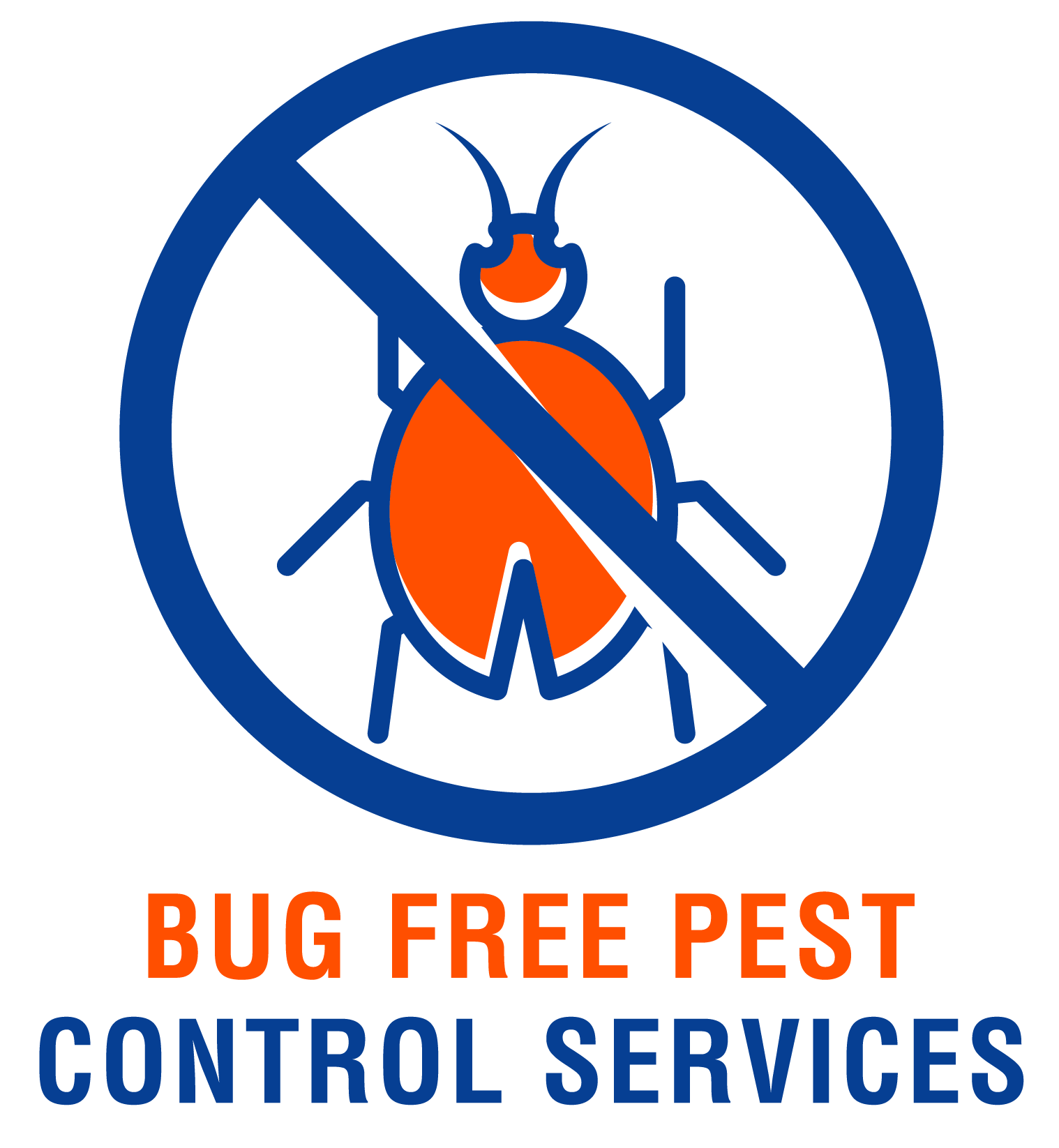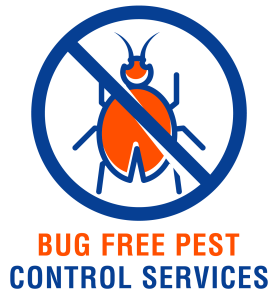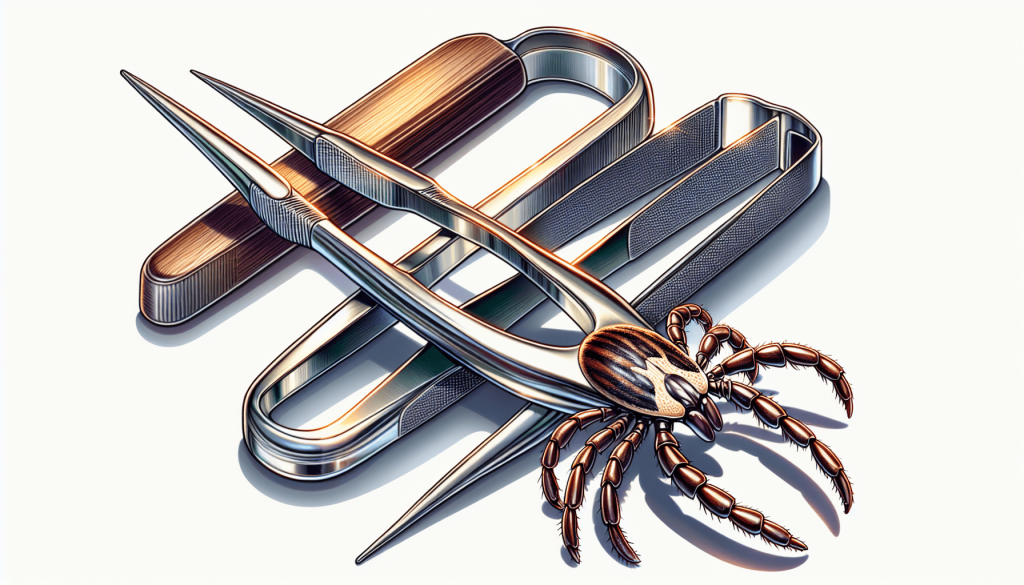Ticks can be a pesky nuisance for our furry friends, but fret not, because we’ve got you covered with some handy tips on how to remove these unwanted critters from your pets. Whether you have a dog, cat, or even a small rodent as a pet, these simple yet effective methods will help you keep your beloved companions tick-free. So, grab a cup of tea and let’s jump right into it!
Prevention is Key
Prevention is the best way to protect your furry friends from tick infestations. By taking a proactive approach, you can minimize the risk of your pet encountering these pesky parasites. There are several effective tick prevention products available on the market, including topical treatments, oral medications, and tick collars. These products work by repelling ticks or killing them upon contact. Be sure to consult with your veterinarian to determine which option is best suited for your pet.
In addition to using tick prevention products, it is crucial to maintain a clean environment for your pet. Regularly vacuuming your home and washing your pet’s bedding can help eliminate any ticks or eggs that may be lurking in the environment. Keep your grass mowed and remove any piles of leaves or debris from your yard, as these can provide a breeding ground for ticks. Taking these simple steps will greatly reduce the chance of ticks finding their way onto your pet.
Lastly, it’s essential to be aware of the areas where ticks are most prevalent. Avoiding these high tick population zones can significantly decrease the likelihood of your pet picking up ticks. When planning outdoor activities, choose locations that are less likely to harbor ticks, such as open fields or well-maintained parks. By being proactive and taking preventative measures, you can help safeguard your pet from tick infestations.
Regular Inspection
Even with preventative measures in place, it’s still important to conduct regular tick checks on your pet. After your pet has spent time outdoors, thoroughly inspect their fur for any ticks that may have hitched a ride. Begin by running your hands over your pet’s body, feeling for any unusual bumps or lumps. Ticks often gravitate towards hidden areas, such as between the toes, around the ears, or in the armpits. Be sure to give extra attention to these hard-to-reach spots.
If you encounter a tick during your inspection, there are several tools you can use for safe removal. Fine-tipped tweezers are a common choice and allow for precise control when grasping the tick’s body. Another option is a tick removal tool, which is designed to easily and safely remove ticks without leaving any mouthparts behind. Avoid using your fingers or sharp objects like needles or pins, as these can increase the risk of injury or infection.
Tick Removal Tools
When it comes to removing ticks, having the right tools can make all the difference. Fine-tipped tweezers are an excellent option for tick removal, as they allow you to firmly grasp the tick’s body close to the skin. This ensures that you remove the entire tick without leaving behind any mouthparts, which can potentially cause infection. Make sure to disinfect the tweezers before and after each use to prevent the spread of bacteria.
If you prefer a dedicated tick removal tool, there are various options available on the market. These tools are designed specifically for safe and effective tick removal and come in different shapes and sizes. Some tools have a hook-like end that you can slide under the tick before lifting it off the skin, while others have a scoop-like shape for easy removal. Whichever tool you choose, always follow the manufacturer’s instructions for proper use.
It’s important to note that using your fingers or sharp objects like needles or pins to remove ticks is not recommended. This can increase the chances of squeezing the tick, potentially causing it to release harmful bacteria into your pet’s bloodstream. Stick to using tweezers or tick removal tools to minimize the risk of complications.
Proper Tick Removal Technique
Now that you have the proper tools in hand, it’s vital to use the correct technique when removing ticks from your pet. Follow these steps to ensure safe and effective tick removal:
- Grasp the tick close to the skin: Using your fine-tipped tweezers or tick removal tool, grasp the tick as close to the skin as possible. Position the tool parallel to the skin to avoid squeezing the tick’s body.
- Pull upward with steady pressure: Slowly and steadily pull upward, applying even pressure. The goal is to remove the tick in one smooth motion, ensuring that you do not leave any parts of the tick behind.
- Avoid twisting or jerking movements: It’s essential to maintain a steady and upward pulling motion. Twisting or jerking the tick can cause its mouthparts to break off, potentially leading to infection or other complications.
Once you have successfully removed the tick, place it in a container for proper disposal. Do not crush or squish the tick, as this can release harmful pathogens. Instead, seal the container tightly and dispose of it appropriately to prevent any further contact with the tick.
Disposal of Ticks
Proper disposal of ticks is crucial to prevent any potential harm to humans or other animals. After removing a tick from your pet, follow these steps for safe disposal:
- Place the tick in a container: Use a small, airtight container, such as a pill bottle or a ziplock baggie, to store the tick. The container should be secure to prevent the tick from escaping.
- Avoid crushing or squishing the tick: Crushing or squishing the tick can inadvertently release infectious agents, increasing the risk of transmission. Handle the tick with care to prevent any accidental contact with your skin.
- Dispose of the tick appropriately: Once the tick is securely contained, dispose of it by either flushing it down the toilet or placing it in a sealed bag in the trash. This ensures that the tick cannot reinfest your pet or pose a threat to anyone else.
By following these disposal guidelines, you are taking an important step in reducing the potential spread of tick-borne diseases and protecting yourself and your pet.
Cleaning and Disinfecting
After removing a tick from your pet, it’s essential to properly clean and disinfect the affected area to minimize the risk of infection. Follow these steps to ensure proper wound care:
- Clean the bite area with antiseptic solution: Gently wash the bite area with an antiseptic solution, such as hydrogen peroxide or chlorhexidine. This helps remove any bacteria that may have been introduced during the tick’s feeding process.
- Wash your hands thoroughly: After handling a tick and cleaning the bite area, wash your hands thoroughly with soap and warm water. This helps prevent any potential cross-contamination and ensures personal hygiene.
- Disinfect the tick removal tools: If you used tweezers or tick removal tools during the extraction process, disinfect them by washing with soap and water or wiping them down with a disinfectant wipe. This prevents the transfer of any bacteria or pathogens between pets or future tick removal procedures.
By taking these cleaning and disinfecting steps, you are promoting proper wound healing and reducing the risk of infection. Additionally, practicing good hygiene habits helps protect you and your pet from any potential tick-borne diseases.
Observing for Symptoms
After removing a tick from your pet, it’s important to monitor them for any signs of infection or illness. Keep a close eye on the following symptoms:
- Redness or swelling around the tick bite site
- Persistent itching or discomfort
- Warmth or tenderness in the area
- Lethargy or loss of appetite
If you notice any of these symptoms or anything else concerning, contact your veterinarian. They will be able to assess your pet’s condition and provide the necessary guidance or treatment.
Tick-Borne Diseases
Ticks can transmit various diseases to both animals and humans. Being aware of these common tick-borne diseases and their symptoms can help you recognize any potential health issues in your pet. Some of the most common tick-borne diseases include:
- Lyme disease: Symptoms may include lameness, fever, swollen lymph nodes, and loss of appetite.
- Ehrlichiosis: This disease can cause fever, lethargy, loss of appetite, difficulty breathing, and bleeding disorders.
- Anaplasmosis: Symptoms include fever, joint pain, lethargy, vomiting, and diarrhea.
- Babesiosis: This disease can cause anemia, fever, lethargy, difficulty breathing, and jaundice.
If you suspect your pet may have contracted a tick-borne disease, it is essential to seek veterinary assistance promptly. Your veterinarian will be able to perform diagnostic tests and recommend appropriate treatment options to help your pet recover.
Preventing Reinfestation
Once you have successfully removed a tick from your pet, it’s important to take steps to prevent future infestations. Here are some preventative measures you can implement:
- Treat your pet’s environment for ticks: Consult with your veterinarian about safe tick control products for your home and yard. Regularly treating your pet’s environment can help reduce the overall tick population and minimize the risk of reinfestation.
- Wash your pet’s bedding regularly: Ticks can easily hide in bedding, so it’s important to wash it frequently in hot water to eliminate any ticks or eggs. Use a dryer on high heat to further ensure their removal.
- Avoid exposing your pet to tick-infested areas: When possible, avoid areas known to have a high tick population. Stick to open fields or well-maintained parks instead. This can greatly reduce the chances of your pet picking up ticks.
By taking these preventive measures, you can significantly reduce the risk of your pet encountering ticks and suffering from tick-borne diseases.
Consulting a Professional
If you are unsure or uncomfortable with removing a tick from your pet, it’s always best to seek professional help. Veterinarians have the expertise and experience to safely and effectively remove ticks. They can also provide guidance on tick prevention, recommend appropriate preventive products, and address any concerns you may have.
Professional groomers may also offer tick removal services. While they may not have the same medical training as veterinarians, they can assist in tick removal and provide general grooming services. If you choose to utilize a groomer for tick removal, ensure they have experience in this area and follow proper hygiene protocols.
Remember, when it comes to your pet’s health and well-being, it’s always better to be safe than sorry. Seeking professional assistance can provide you with peace of mind and ensure the best possible care for your furry friend.


